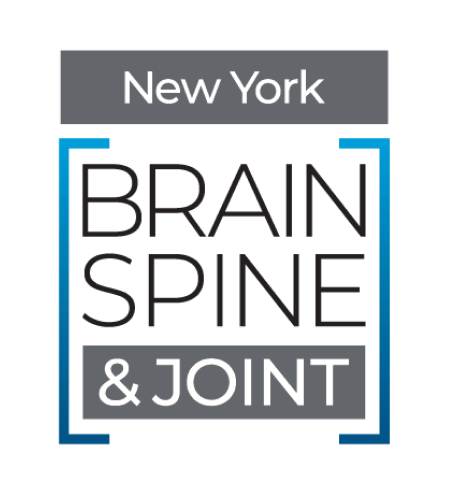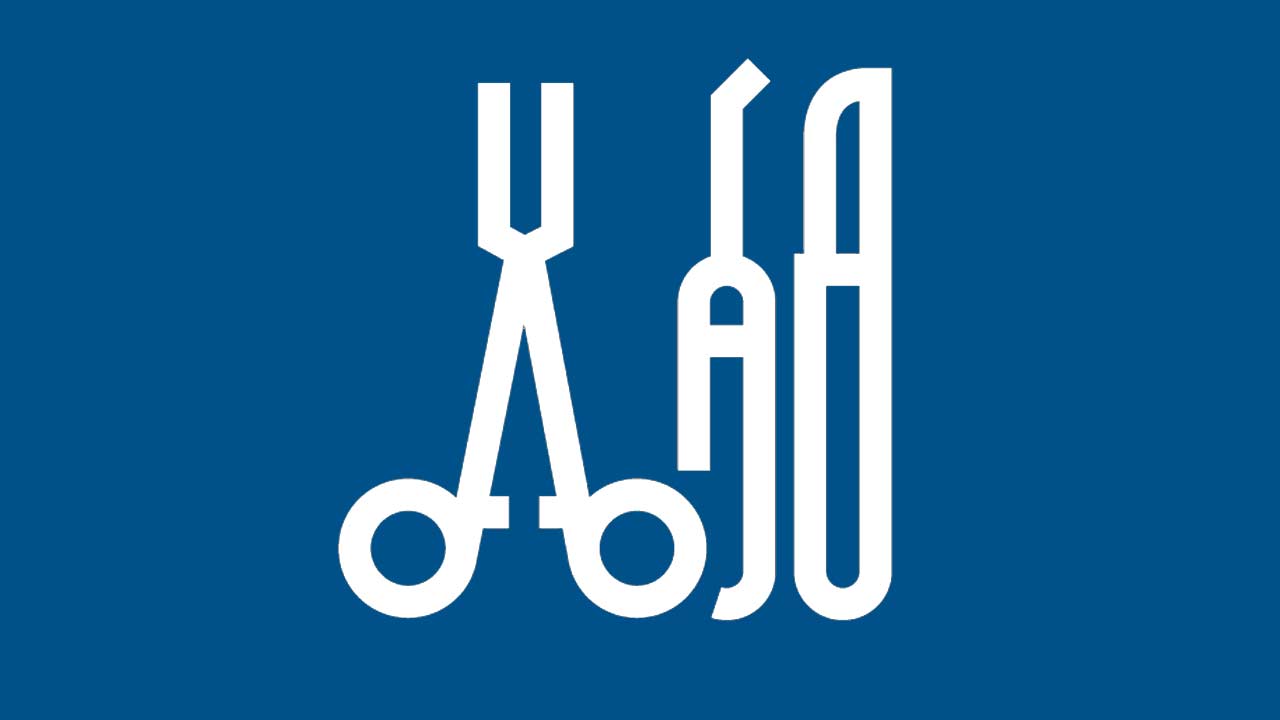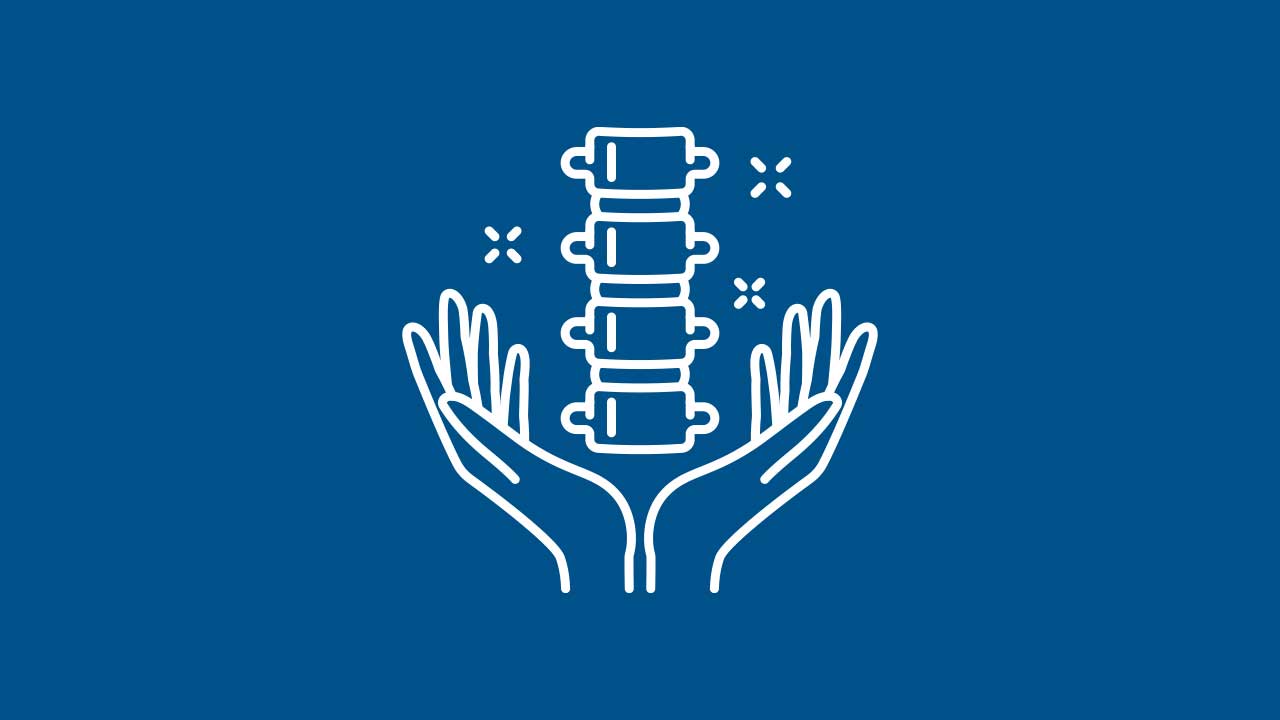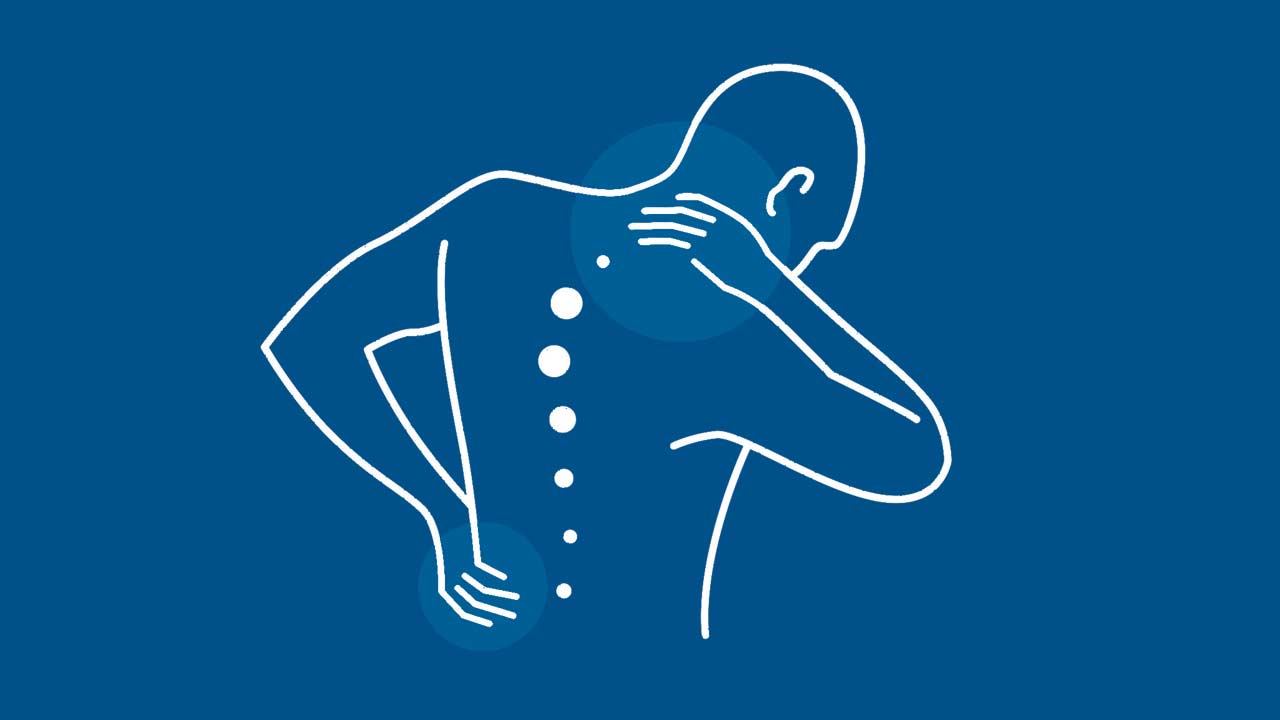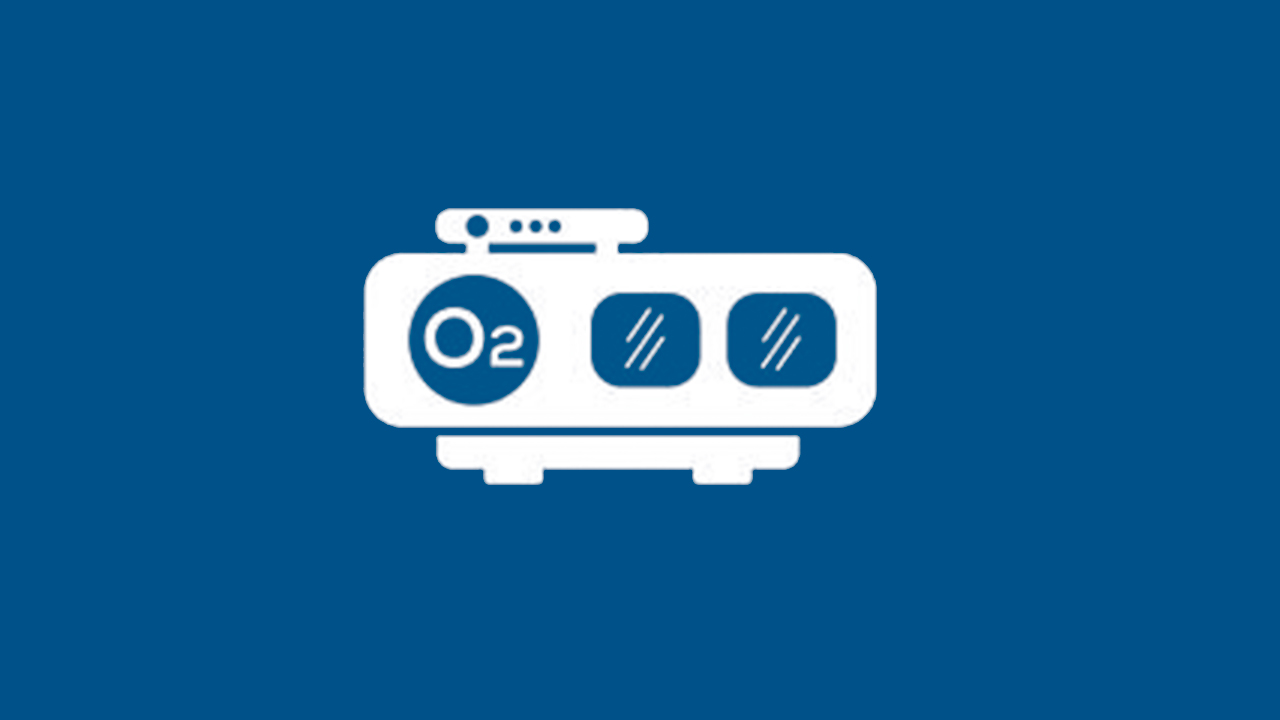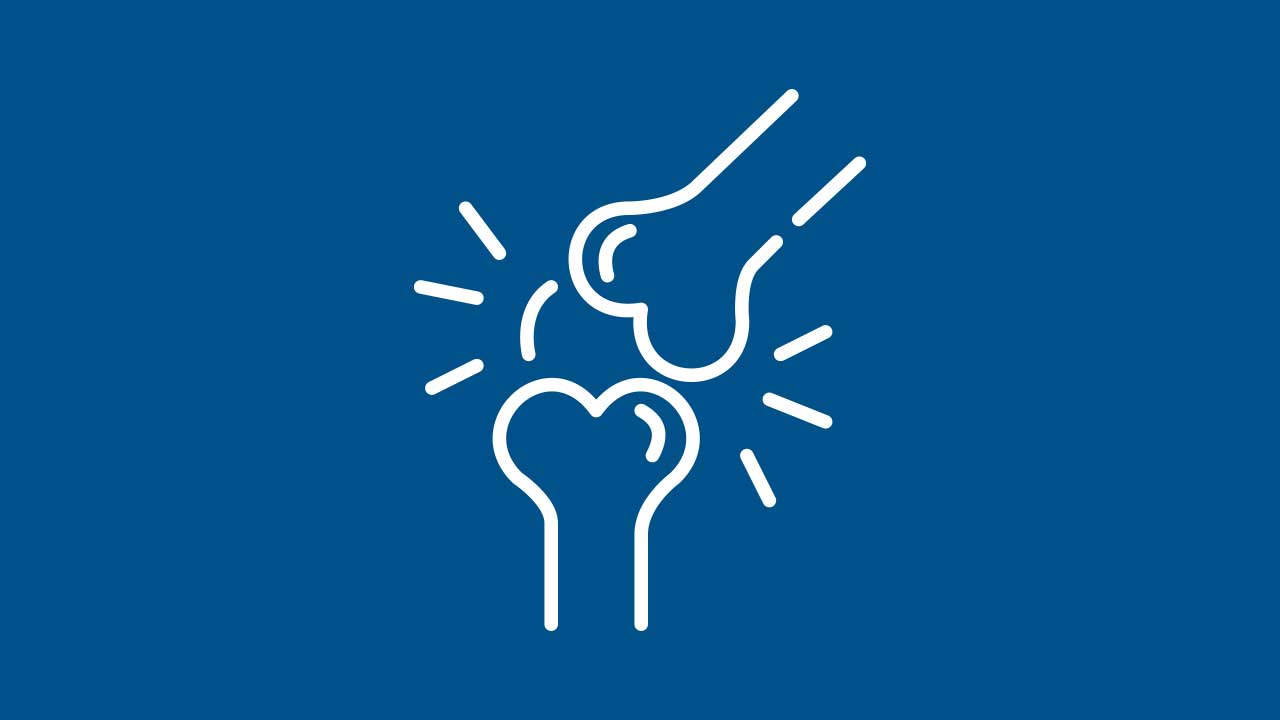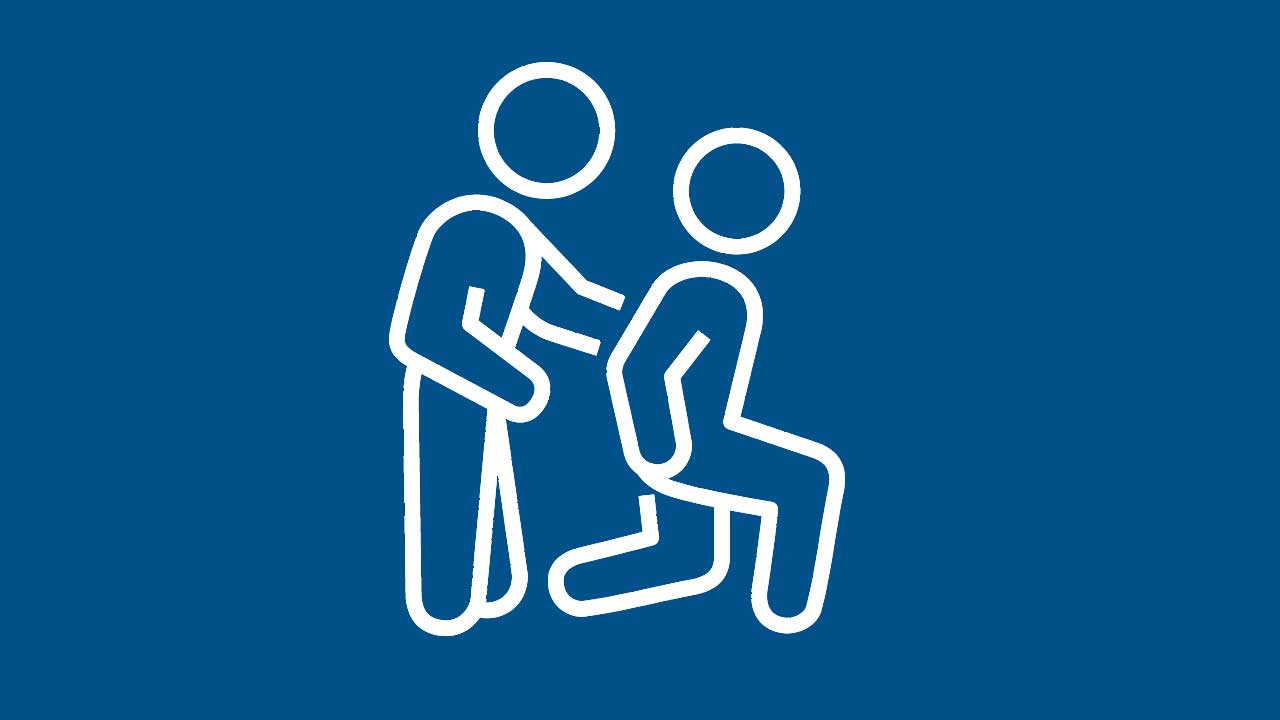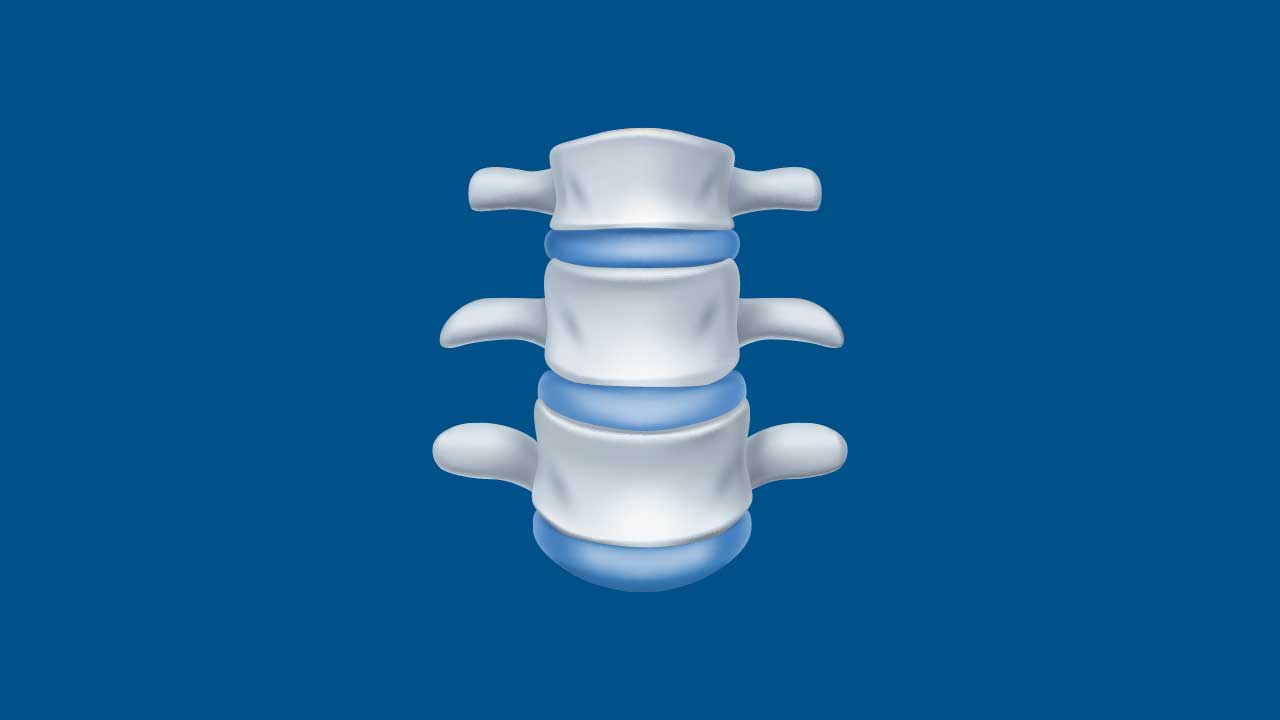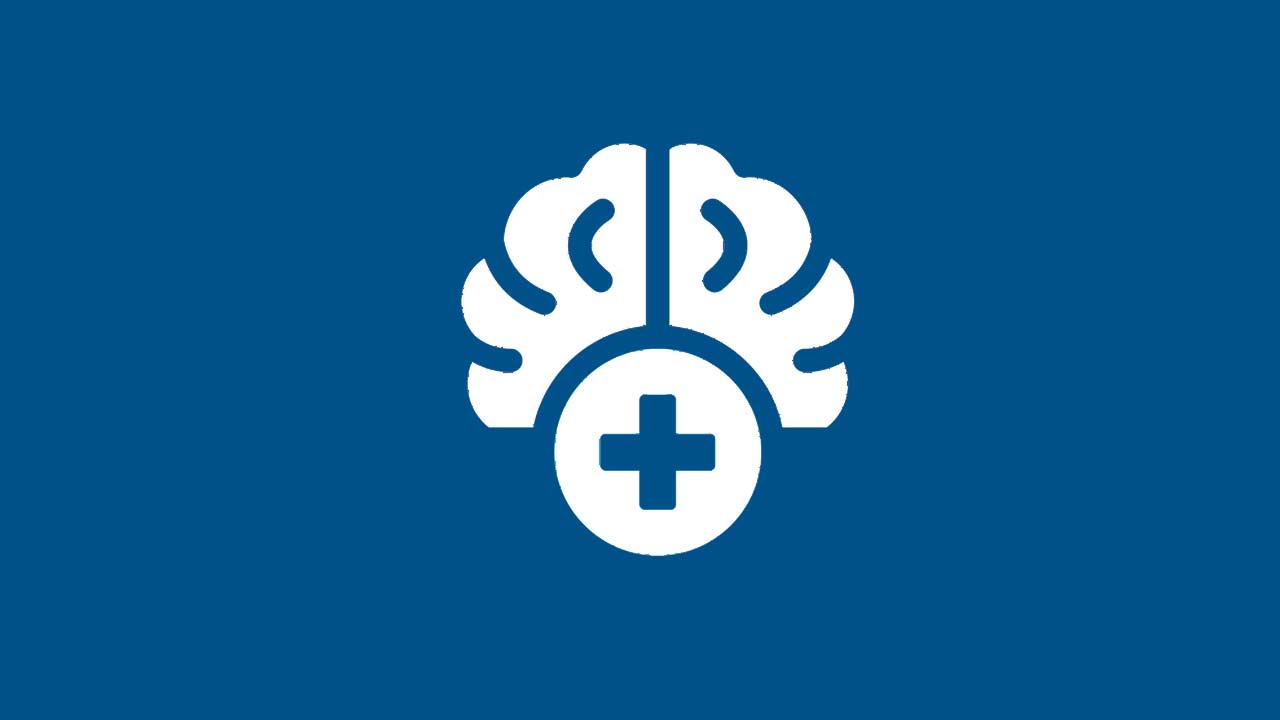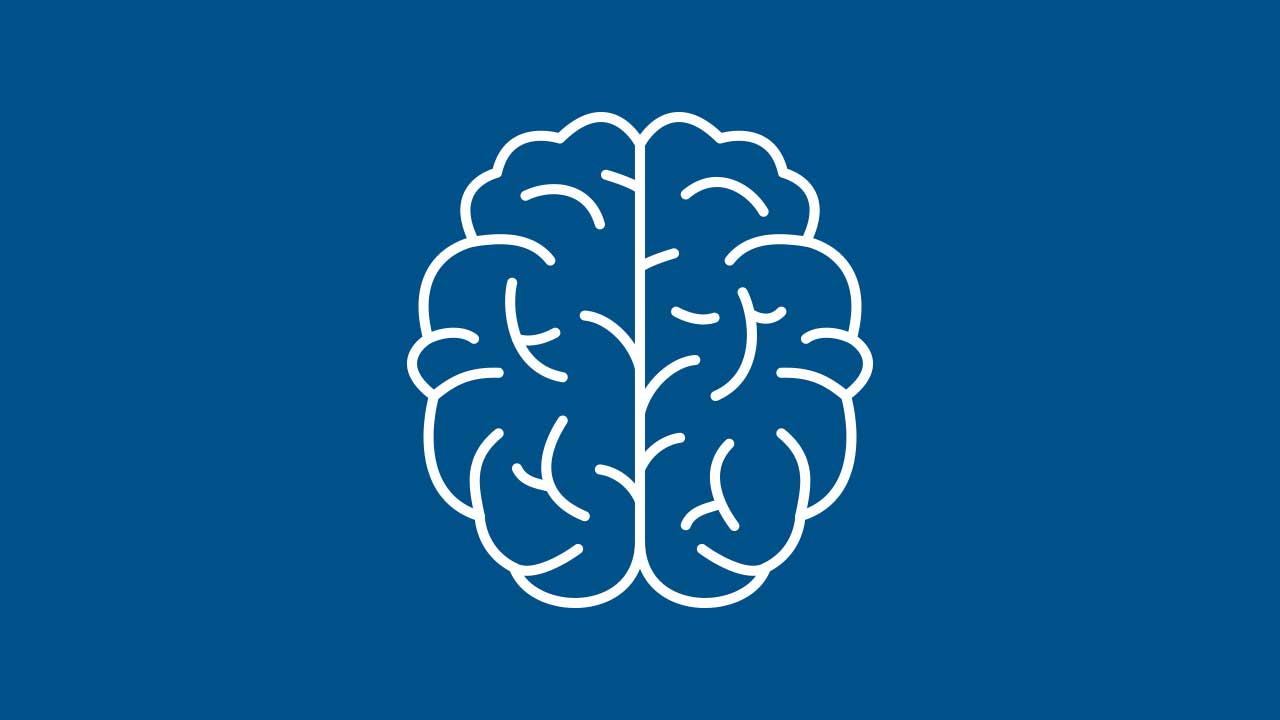Peripheral Neuropathy
Peripheral Neuropathy: Understanding, Diagnosing, and Treating Nerve Pain
Peripheral neuropathy is a condition characterized by damage to the peripheral nerves, which connect the central nervous system (brain and spinal cord) to the rest of the body. This nerve damage commonly leads to symptoms such as numbness, tingling, pain, and muscle weakness, typically starting in the hands and feet. Peripheral neuropathy can greatly impact everyday activities and overall quality of life. This comprehensive guide outlines the causes, symptoms, diagnostic methods, and available treatment options for peripheral neuropathy, along with strategies for managing symptoms and maintaining an active lifestyle.
Understanding Peripheral Nerves
The peripheral nervous system consists of nerves outside the brain and spinal cord, responsible for sending information between the central nervous system and limbs, organs, and tissues. These nerves control muscle movements, sensations like touch and temperature, and autonomic functions such as blood pressure and digestion. When these nerves are damaged or impaired, the signals become disrupted, causing various uncomfortable symptoms.
Causes of Peripheral Neuropathy
Peripheral neuropathy can arise from multiple underlying causes, including:
Medical Conditions
- Diabetes: High blood sugar levels over time can damage nerves, making diabetes the leading cause of peripheral neuropathy.
- Autoimmune Diseases: Conditions like rheumatoid arthritis, lupus, and Guillain-Barré syndrome involve immune system attacks on nerves.
- Kidney and Liver Disorders: Toxin buildup from chronic kidney or liver conditions can damage nerves.
Vitamin Deficiencies and Metabolic Issues
- Vitamin B12 Deficiency: Essential for nerve health; deficiency can lead to significant nerve damage.
- Alcohol Abuse: Long-term alcohol misuse can cause severe nerve impairment.
Toxic Substances and Medications
- Exposure to heavy metals like lead or mercury.
- Certain chemotherapy drugs or antiviral medications.
Infections
- Viruses such as shingles (herpes zoster), Lyme disease, HIV, and hepatitis C.
Hereditary Conditions
- Genetic disorders like Charcot-Marie-Tooth disease, causing nerve damage.
Risk Factors
Factors increasing the risk of peripheral neuropathy include:
- Uncontrolled diabetes
- Alcohol abuse
- Autoimmune diseases
- Chronic kidney or liver disorders
- Family history of neuropathy
- Age (more common in older adults)
Common Symptoms of Peripheral Neuropathy
Symptoms typically develop gradually and often include:
- Numbness, tingling, or prickling sensations in hands or feet
- Sharp, stabbing, burning, or throbbing pain
- Sensitivity to touch or temperature changes
- Muscle weakness and difficulty walking or balancing
- Loss of coordination or frequent falls
- Autonomic symptoms like dizziness, sweating abnormalities, or digestive problems
Diagnosing Peripheral Neuropathy
Accurate diagnosis involves a thorough evaluation by neurologists or other specialists:
Medical History and Physical Exam
- Reviewing symptoms, medical conditions, lifestyle factors, and family history
- Neurological examination assessing muscle strength, reflexes, and sensory response
Diagnostic Tests
- Electromyography (EMG): Measures electrical activity in muscles to detect nerve damage.
- Nerve Conduction Studies (NCS): Tests nerve signal speed and strength.
- Blood Tests: Identifying underlying medical conditions, vitamin deficiencies, or toxins.
- Imaging Tests: MRI or CT scans to rule out other conditions.
- Nerve Biopsy: Rarely used, but can confirm the diagnosis in specific cases.
Non-Surgical Treatment Approaches
Effective treatment strategies focus on managing underlying causes, reducing symptoms, and improving daily function:
Medications
- Pain Relievers: Over-the-counter analgesics like acetaminophen and NSAIDs.
- Neuropathic Pain Medications: Gabapentin, pregabalin, or certain antidepressants.
- Topical Treatments: Lidocaine patches or capsaicin cream for localized relief.
Physical Therapy and Rehabilitation
- Exercises to enhance muscle strength, improve balance, and reduce symptoms.
- Occupational therapy for daily activity management.
Lifestyle Modifications
- Healthy diet and exercise to manage diabetes and improve nerve health.
- Limiting alcohol and exposure to toxins.
- Proper foot care and injury prevention strategies.
Advanced Treatment Options
For severe symptoms unresponsive to conservative treatments:
- Nerve Blocks: Local anesthetics or steroids to relieve pain temporarily.
- Transcutaneous Electrical Nerve Stimulation (TENS): Electrical impulses to reduce pain signals.
- Spinal Cord Stimulation (SCS): Implanted devices providing pain relief by modulating nerve signals.
Preventing and Managing Peripheral Neuropathy
While not always preventable, managing risk factors and underlying conditions can significantly reduce neuropathy progression:
- Regular medical care to manage chronic conditions such as diabetes.
- Routine exercise and nutritional care.
- Monitoring and maintaining healthy vitamin levels.
Our Multidisciplinary Approach in NYC
Our multi-location, multi-disciplinary practice in the New York City metro area offers comprehensive care for patients with peripheral neuropathy. Our dedicated team, including neurologists, endocrinologists, pain management specialists, physical therapists, and rehabilitation experts, collaborates to create personalized, evidence-based treatment plans. We aim to improve quality of life and functionality, serving patients throughout New York, the United States, and internationally.
Additional Resources
- National Institute of Neurological Disorders and Stroke - Peripheral Neuropathy Information
- American Diabetes Association - Neuropathy Information
Conclusion
Peripheral neuropathy can significantly impact your daily life, but with proper diagnosis and integrated, multidisciplinary care, symptoms can be managed effectively. Our expert team in the New York City metro area is committed to providing comprehensive care, innovative treatments, and personalized support to help patients achieve relief and improved quality of life.
Disclaimer: This article is intended for informational purposes only. It does not substitute for professional medical advice, diagnosis, or treatment. Always consult a qualified healthcare provider for personalized medical guidance.
